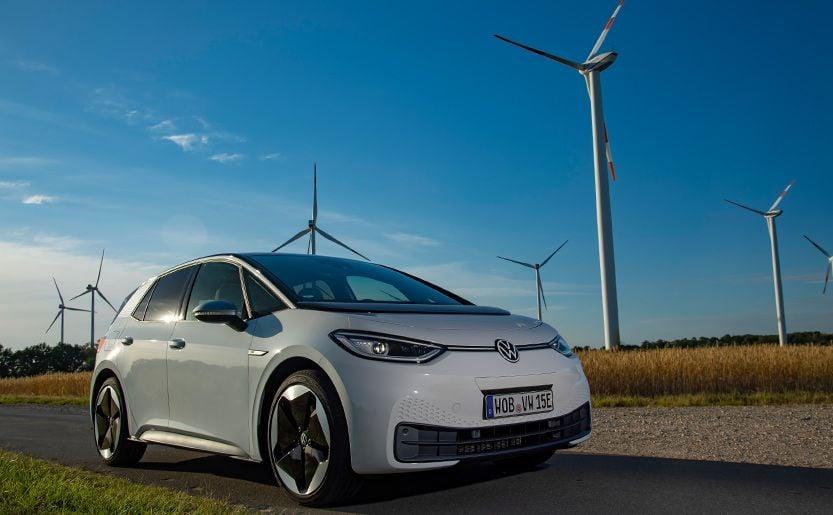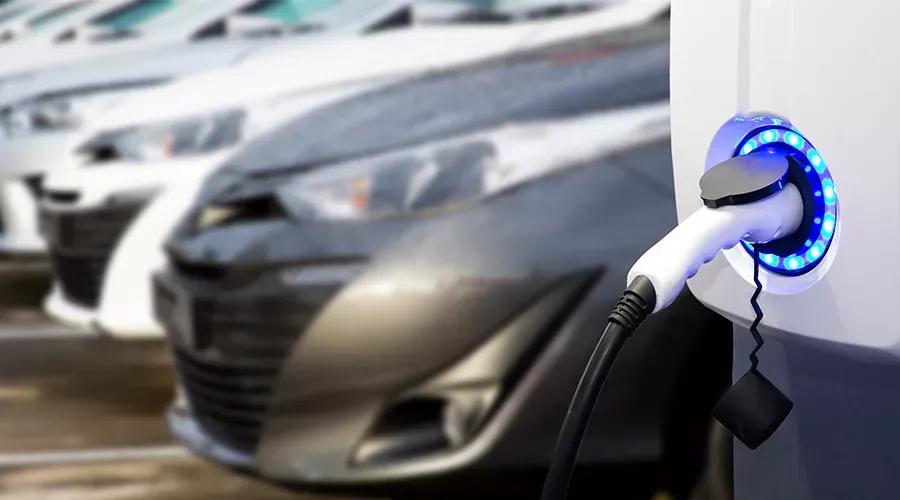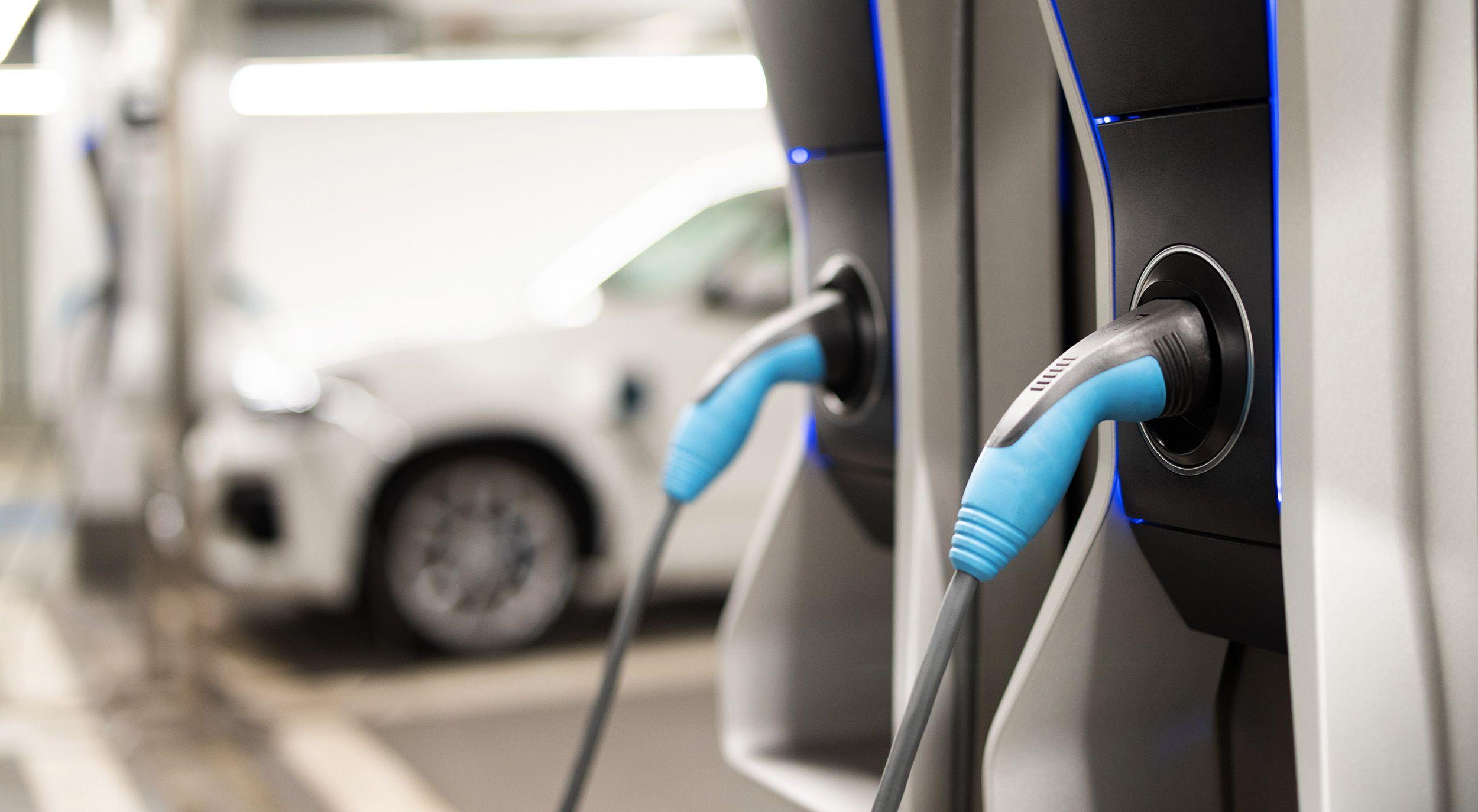ISO 15118 makes charging processes easier and more efficient
ISO 15118 is an international standard for the bidirectional communication between electric car and charging station that is being developed constantly, with extra convenience functions being added with every new release. It is used in both wired alternating-current and direct-current charging stations and wireless (inductive) charging. ISO 15118 is considered a key element in several technologies that are constantly making the charging of electric cars more efficient, straightforward, and grid-friendly.
More efficient thanks to the intelligence of ISO 15118: during charging, the charging station and the electric car continuously exchange values such as the battery’s charging level (state of charge, SoC), energy requirements, and charging power, thus guaranteeing an optimum charging process— made simpler thanks to convenience functions such as plug & charge, for example, because all that is needed to start the charging process is to connect the electric car to the charging station with a connector. All processes that are relevant for charging are performed automatically, eliminating the need for charging cards.
Charging is becoming increasingly grid-friendly thanks to ISO 15118. The second edition of the standard will include certain aspects necessary for smart grids. In the intelligent power grid, an ISO 15118-enabled electric car can be used as a supplier of power, returning electricity to the grid to help level load peaks and frequency fluctuations. A service that electricity suppliers and grid operators provide generous rewards for: in a pilot project from The Mobility House, a Nissan Leaf made just over 1000 euros a year through grid-friendly control (vehicle-to-grid, V2G) . At the same time, ISO 15118 also guarantees in this application that the battery will have reached the desired charge in time for the desired departure and the electric car will thus have the desired range. In the meantime—the 23 hours of the day that the average car remains parked—a small percentage of its capacity is available for V2G. The electric car thus no longer needs to be charged at full power immediately, as would otherwise normally be the case. This not only provides flexibility in the power grid but also reduces stress on the battery.
With a charging and energy management system like ChargePilot® from The Mobility House or an interface to a photovoltaic system (via Modbus or in future also EEBUS), it is also possible to notify an ISO 15118-enabled charging station when surplus power from renewable energy is available; electric cars can then be charged with this energy specifically. If the power is desperately needed for other purposes, the charging power is adjusted dynamically.
2022: US update To make charging electric vehicles more convenient, reliable and affordable, the Biden-Harris administration recently proposed new policies to realize the first-ever national network of 500,000 charging stations in the US. Last year's Bipartisan Infrastructure Law earmarked $7.5 billion in investments in electric vehicle charging infrastructure, with a goal of 500,000 charging stations by 2030. The new proposed regulations for the National Electric Vehicle Charging Network now help to establish the guidelines for this expenditure. A key component of this regulation is that all EV charging projects must implement the international charging standards Open Charge Point Protocol (OCPP) and ISO 15118 in order to benefit from government funding. The proposed guidelines aim to ensure that the national e-charging network is consistent, user-friendly and interoperable between different charging companies. |
The Mobility House & ISO 15118
ChargePilot® is capable of ISO 15118 and already uses it to control multiple user-friendly functions that have many advantages particularly in fleet management, alongside the intelligent and efficient control of charging processes: such as the preconditioning of electric buses and logistics vehicles, cooling them in summer and heating them in winter in time for departure at the desired time, which increases their electric range. For the “value-added service” in accordance with VDV 261, ChargePilot® sends the required data directly to the bus. The AutoCharge function, on the other hand, eliminates the need to use a charging card or an RFID chip for identification at the charging station. Instead of the RFID tag, the MAC address of the bus is used. As ISO 15118 is developed further—the second edition is planned for the second half of 2021—new functions will be added to ChargePilot® , such as the above-mentioned functions plug & charge and grid-friendly, bidirectional charging.



